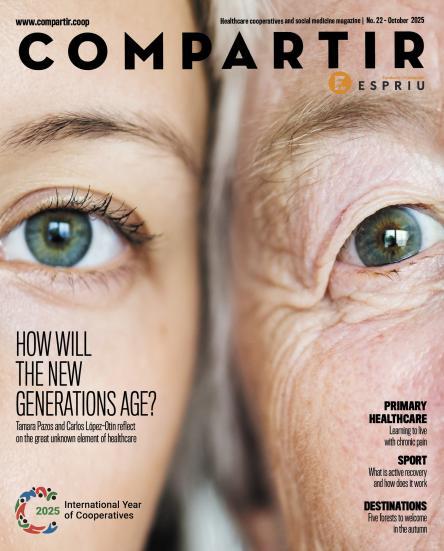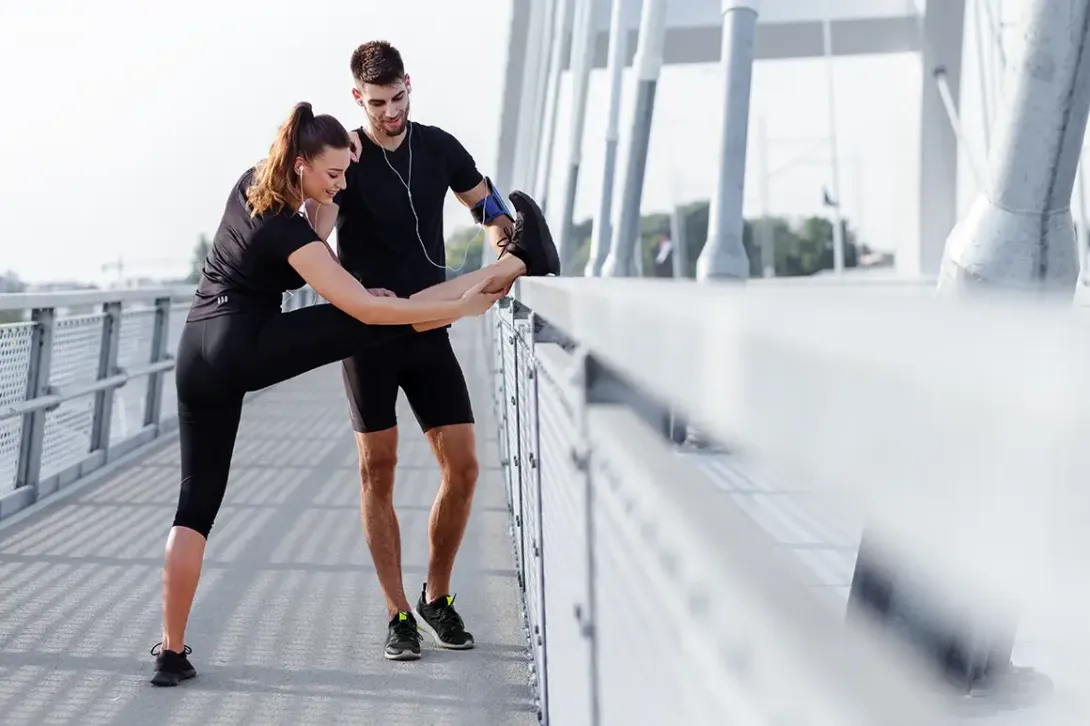
What to take into account before starting to run
Running has become fashionable, but joining this trend without a medical check-up or preliminary preparation can compromise our health.
Running is more popular than ever. More than just the physical activity, going running has become a social phenomenon that for many is now a lifestyle; a chance to meet people, to train together or to take part in multitudinous races, where the bib numbers run out in record time. Its popularity is partially due to the release of endorphins, known as “happy hormones”, which turn running into an addictive activity that helps us to beat anxiety, keep fit and to socialise.
However, although more and more people are joining this trend, many do so without any consideration for the preliminary steps and the risks that this entails. Dr. Franchek Drobnic, a doctor at Assistència Sanitària’s sports medicine centre, emphasises the importance of “carrying out a medical check-up before starting to ensure there are no latent health problems that the patient does not know about, such as for example, an anomaly that is vascular, heart, respiratory or metabolic that the sport could bring to the surface.” Not knowing about any of these problems could be really dangerous.
For this reason, from a medical point of view, it is essential to follow certain steps before starting to run. According to Dr. Drobnic, ideally “ruling out any underlying ailment, understanding the structure of the athlete to help them to choose good footwear and clothing, and encouraging them to start training in an orderly way with someone who monitors them and controls their evolution.” Ignoring these recommendations could have consequences: “If the exercise carried out is outside the parameter that corresponds to the individual’s age recovery, that is to say, they are going to run too much, too often or too far, they could become injured or discouraged because they do not reach their desired goal.”
10 tips for starting to run
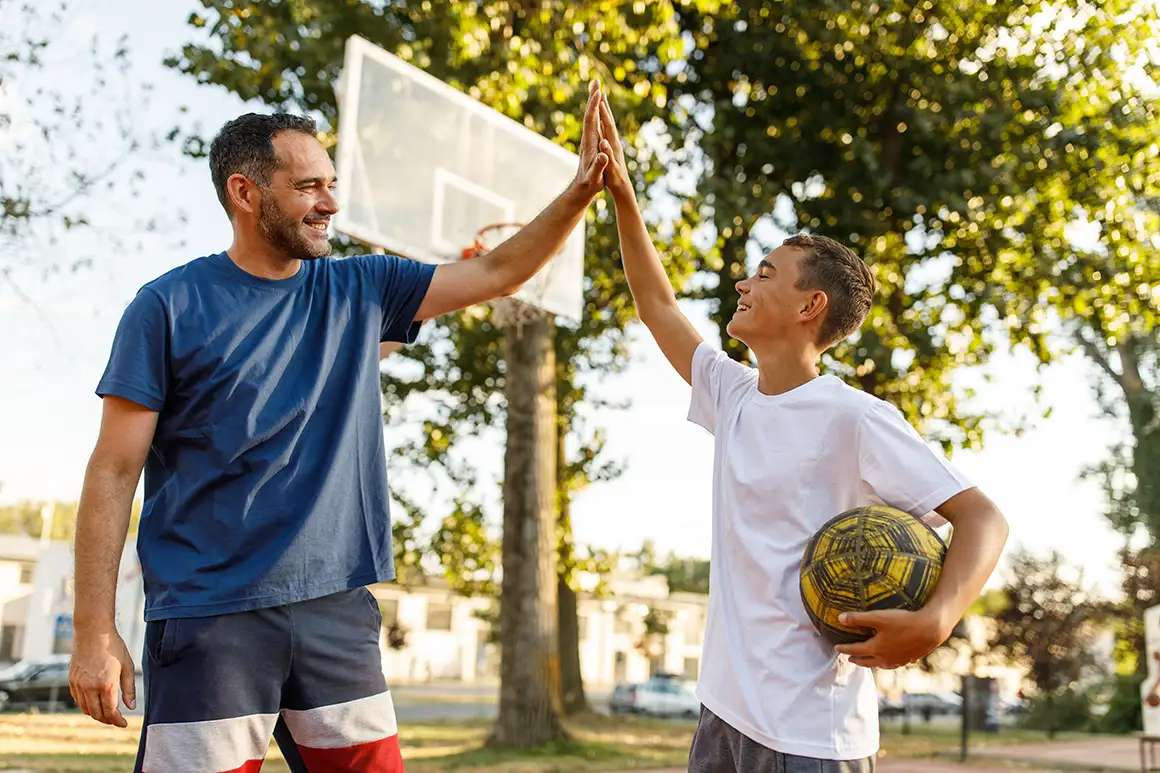
Study of sporting background
1 of 10
The first step is to go to a specialist, who will carry out a valuation of skills based on the sporting background. The main aim of this analysis is to understand the impact that the sport has had on a person’s physical development.

Valuation of the clinical notes
2 of 10
The doctor will assess the clinical notes and will analyse the medical and family background to identify any possible basic cardiovascular, respiratory or metabolic pathologies. Although some of these conditions could be incompatible with unsupervised running, often the sport can be beneficial if it is carried out using specific guidelines and with a focus that is adapted to each person’s needs.

Medical check-up
3 of 10
The doctor will carry out a sports medicine evaluation prior to exercise, with a stress test that will detect any underlying health problem that has not been diagnosed.
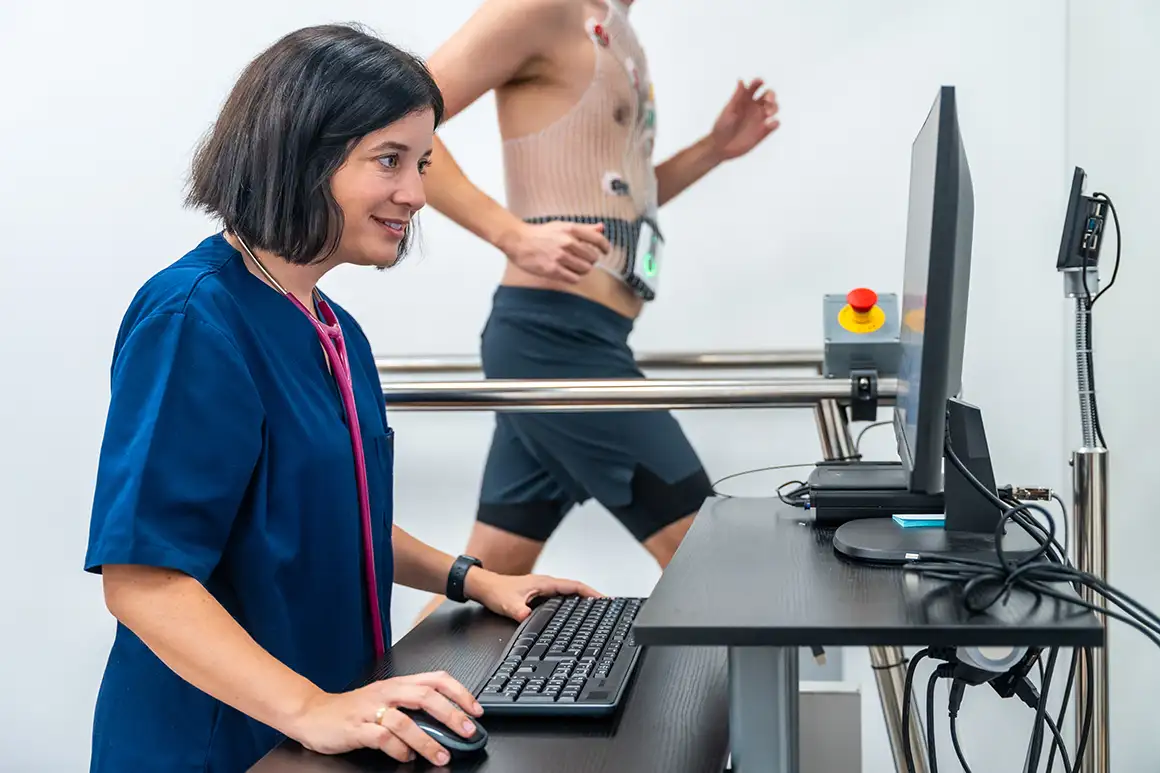
Structural analysis
4 of 10
Once all the internal checks have been passed, the doctor will analyse whether there might be any structural problems, for example, if they suspect that there might be a postural alteration, they will request additional tests, such as a gait analysis. In this way, any possible injuries to the knees, ankles, hips or back may be avoided in the case of having a cavus or valgus foot...

Initial nutritional valuation
5 of 10
It is advisable to undergo a valuation of nutritional intake before starting to practice a sport. If you wish to start running just for fun, but competitively (adapted to level and age) it is highly recommended for this initial study to be complemented with a complete nutritional plan (point 9).

Understanding the characteristics of the sport that is to be practiced and the environment
6 of 10
Running in the gym is not the same as in the street or in the mountains. If it is carried out in isolated areas, you must take into account that if a complication arises there will be no access for emergency care, which could mean a risk for your life. In the same way, it is important to have the correct footwear and clothing for the environment.
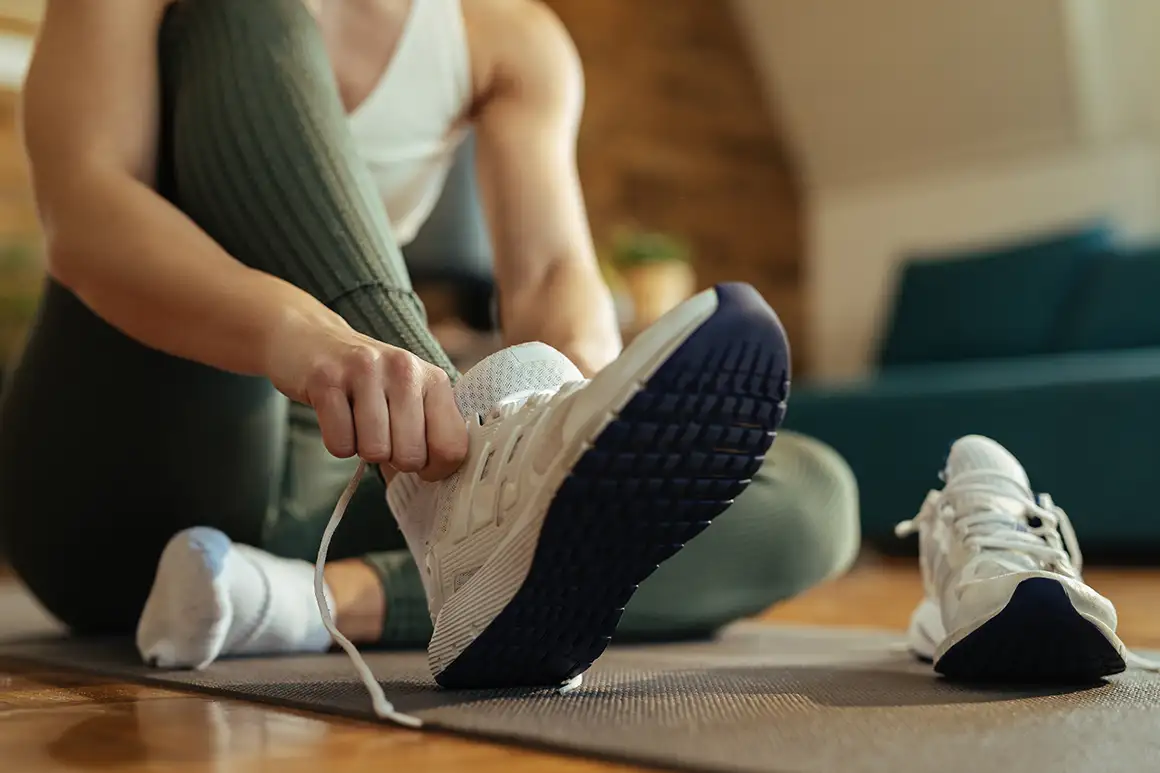
Choosing good footwear
7 of 10
There are many options on the market; however, bad guidance regarding footwear could cause muscular and joint injuries due to overload. Posture, the support of the feet and whether the use of insoles might be necessary should be evaluated.
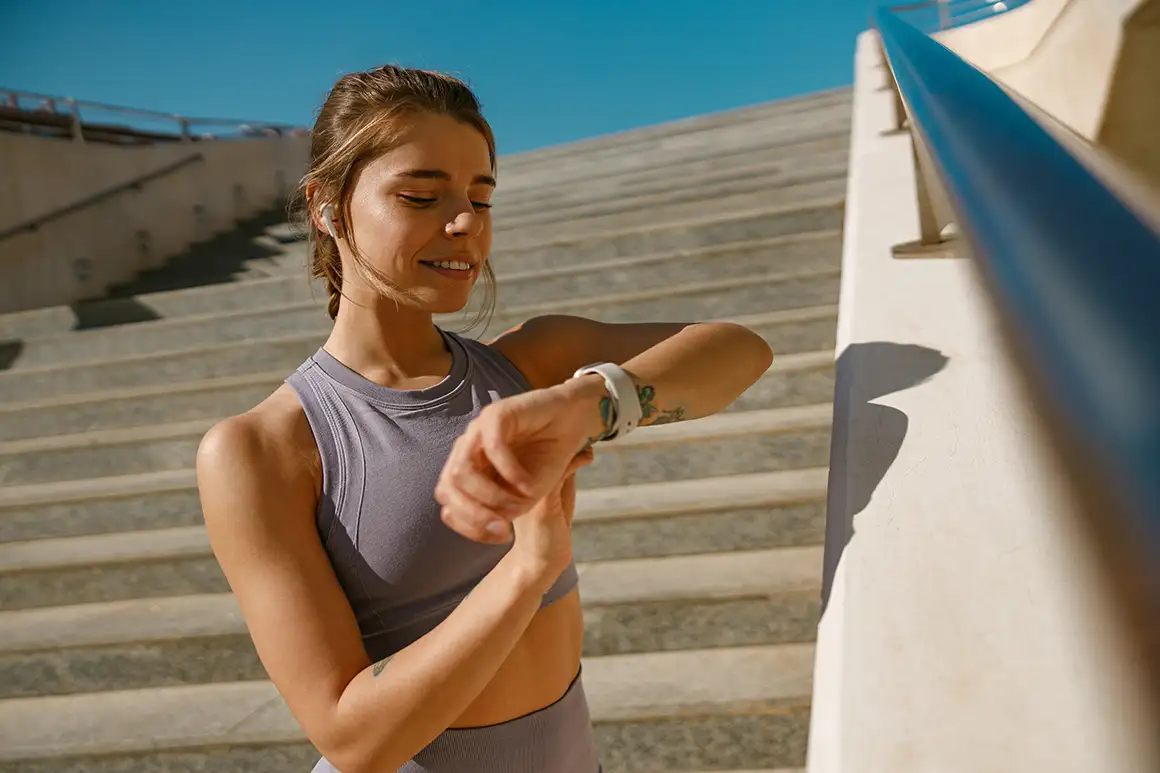
Training plan
8 of 10
Starting an activity from scratch is not the same as starting out from an active sporting life. The goals must be adapted to each individual’s physical conditions. Ideally, you should have a trainer who guides you and monitors your progress.

Nutritional plan
9 of 10
The nutritional plan is prepared in terms of the person, the weight, the size and the daily metabolic rate. The energy contribution and the training plan should also be considered. Assistència Sanitària’s sports medicine centre, for example, has a team of sports nutritionists who are experts on the subject.
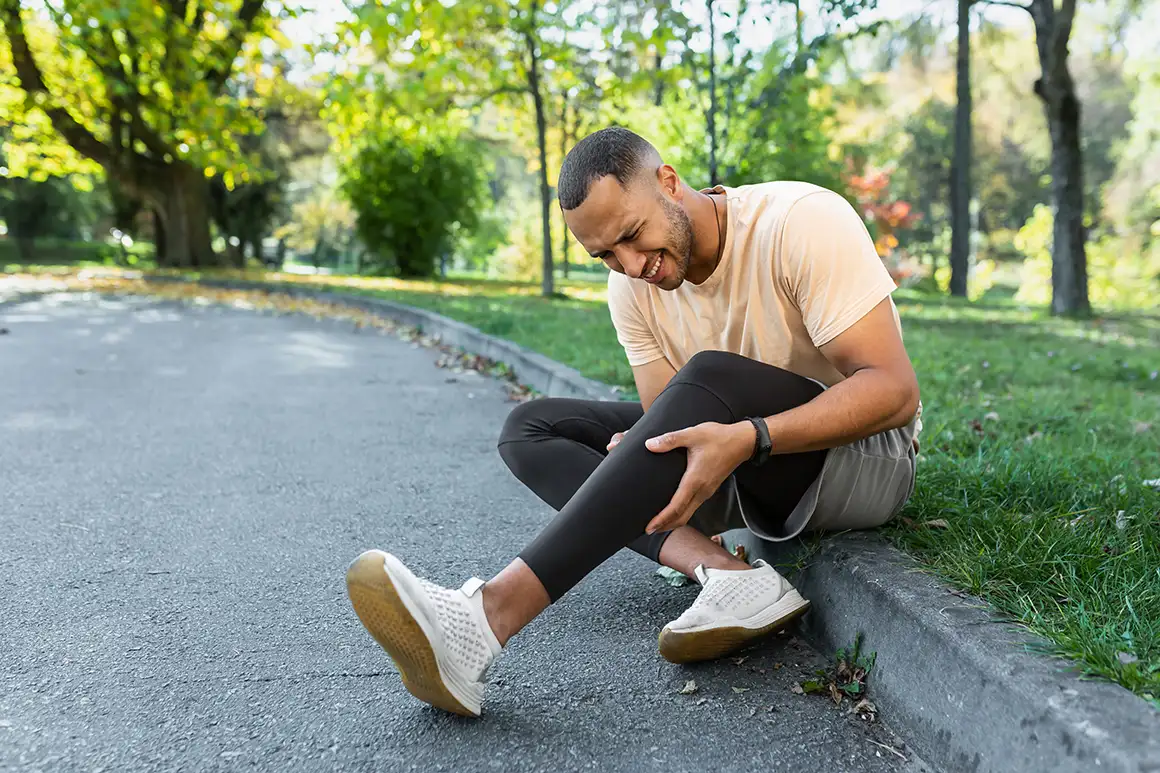
Knowing the warning signs and paying attention to them
10 of 10
The greatest warning sign is not feeling well when carrying out a physical activity. In this case, the cause must be evaluated, whether it is muscular or bone discomfort, or, on the other hand, if you experience a disproportionate fatigue and a bad recovery.



